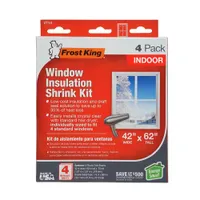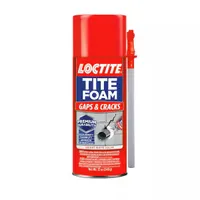Nine Easy Home Hardening Projects That Also Save on Insurance
These small projects can protect your home from the elements — and might lower your home insurance premium.

Rachael Green
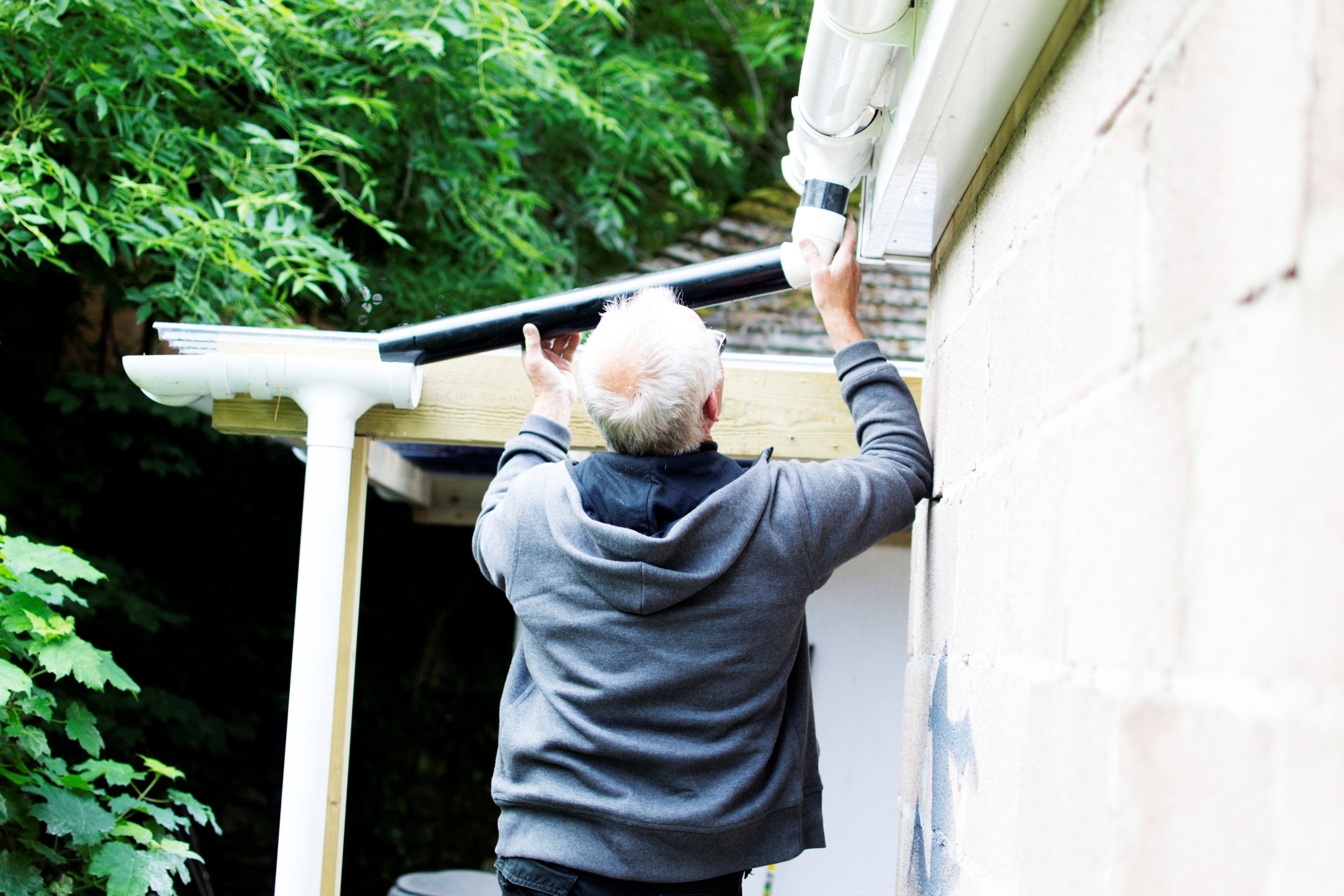
Weather can take a toll on your home and lead to expensive repairs. Home insurance helps protect your property when disaster strikes, but that doesn't mean it'll cover everything that happens, and you don't want to file a claim if you can avoid it.
Most insurers exclude damage caused by neglect or improper maintenance. For example, if a roof suffers water damage and your insurer notices clogged gutters, the company might pin the damage on a lack of maintenance and deny your claim.
Each year, about one in 35 insured homes experiences a property damage claim related to wind or hail, and one in 60 insured homes files a claim for water damage or freezing, according to the Insurance Information Institute.
From just $107.88 $24.99 for Kiplinger Personal Finance
Become a smarter, better informed investor. Subscribe from just $107.88 $24.99, plus get up to 4 Special Issues

Sign up for Kiplinger’s Free Newsletters
Profit and prosper with the best of expert advice on investing, taxes, retirement, personal finance and more - straight to your e-mail.
Profit and prosper with the best of expert advice - straight to your e-mail.
These nine home hardening projects are things you can do yourself over a weekend or hire a pro to handle for you, and they can help safeguard your home from the elements.
This will lower the risk of needing to file a claim in the first place and increase the odds of a claim being approved if you do need to file one. As an added bonus, some of these projects might also help lower your home insurance premiums.
Use the tool below, in partnership with Bankrate, to explore today's home insurance options:
1. Seal windows and doors
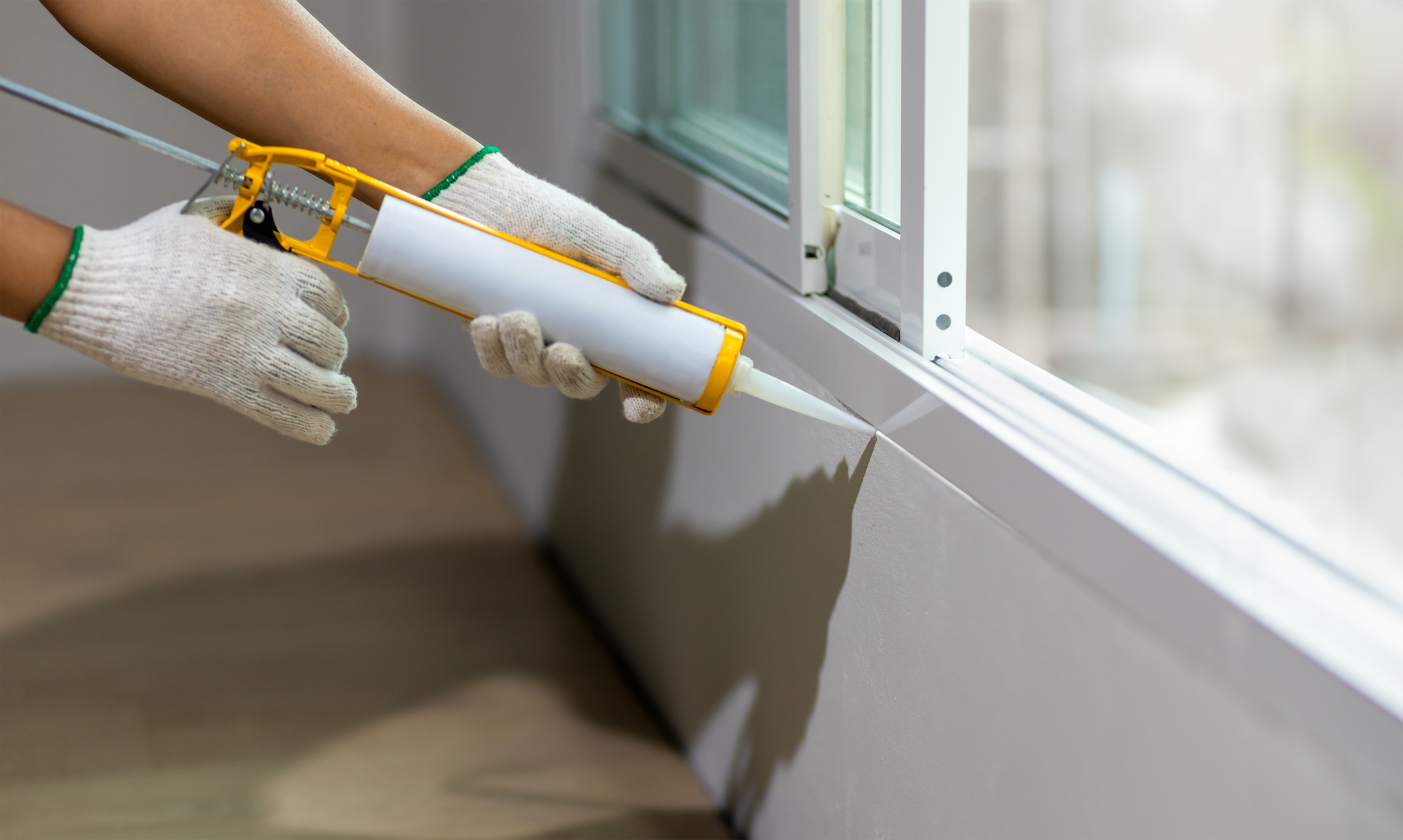
Drafty windows and doors can drive up your home heating and cooling costs, and leaks and water intrusion can damage your home's interior. Fortunately, sealing windows and doors is a pretty easy DIY weatherproofing project.
To start, use caulk to fill in any gaps between your window frames and walls. Caulk can create a finished look to the space, and if you choose a paintable latex caulk, you can always paint over it.
Next, install weatherstripping along the bottom of doors and windows where gaps occur. You can choose several different types of weatherstripping, including adhesive-backed products that are simple to install. Make sure the weatherstripping is the right width for the space and that it compresses when you close the window or door.
If you have older, single-pane windows, caulking the framing might not be enough. In the long term, replacing those older windows with double-pane ones is a great energy-efficient upgrade. Until then, an affordable and easy way to minimize heat loss through your windows is to use a sheet of heat-sealed plastic.
It's kind of like the Saran Wrap you'd use to store leftovers in the fridge. You stick it to the window frame and then blow on it with a hair dryer until it shrinks to create an airtight seal. Come spring, you can simply peel it off.
2. Find and seal other sources of air leaks around your home
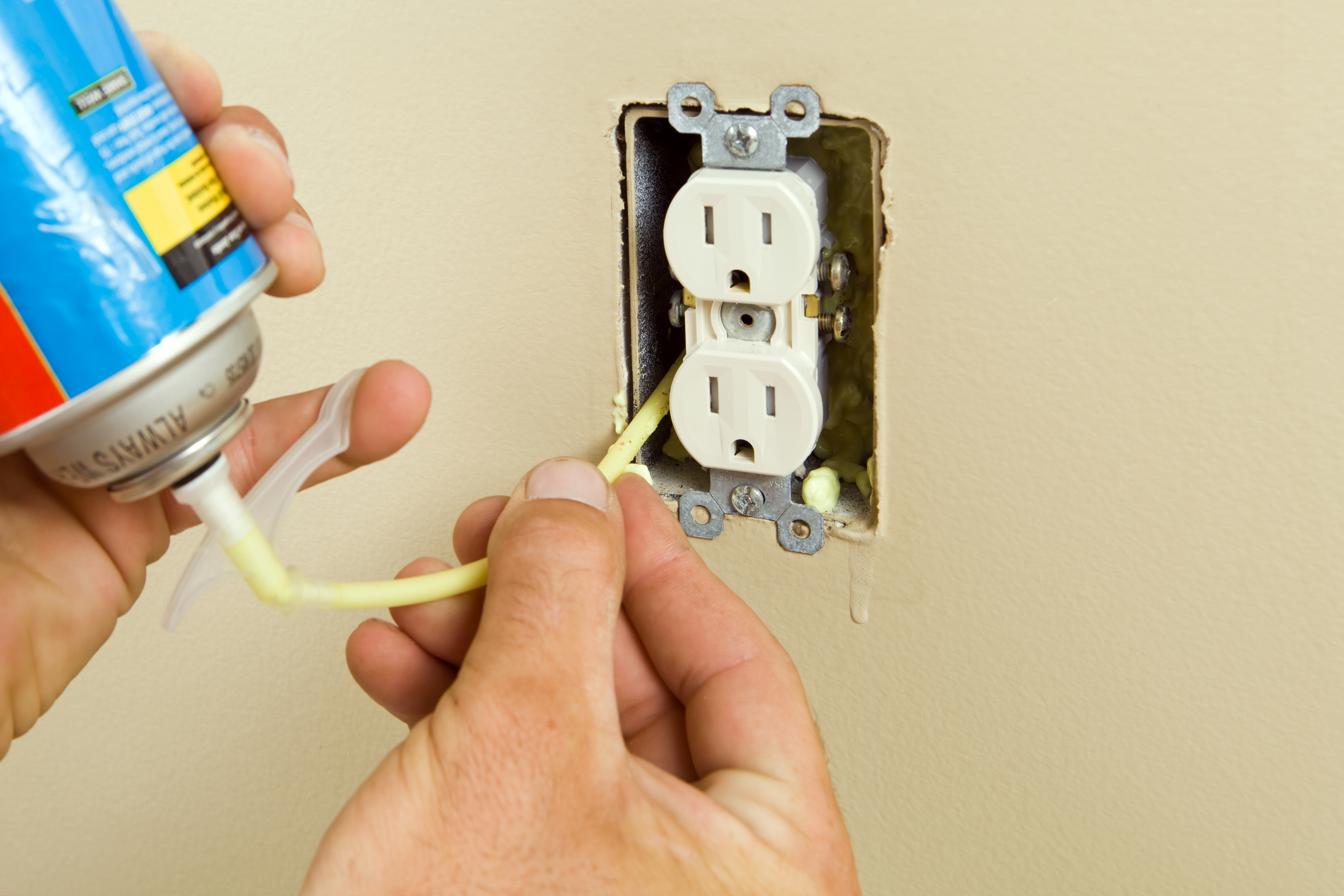
Your windows and doors are the usual suspects. But there are plenty of other less obvious air leaks around your home that can make it feel drafty even with the most well-insulated doors and windows.
To find those leaks, start by inspecting the exterior of your home for small holes and cracks. As you find one, seal smaller gaps and cracks with caulk and fill larger ones with expanding spray foam.
Next, do the same inside your house. Some common culprits include the attic hatch, recessed lighting, baseboards, light switches, outlets, plumping connections and exhaust vents (such as the one coming from your gas furnace or fireplace). Again, use caulk or expanding spray foam to seal up these sources of heat loss.
3. Install gutter guards
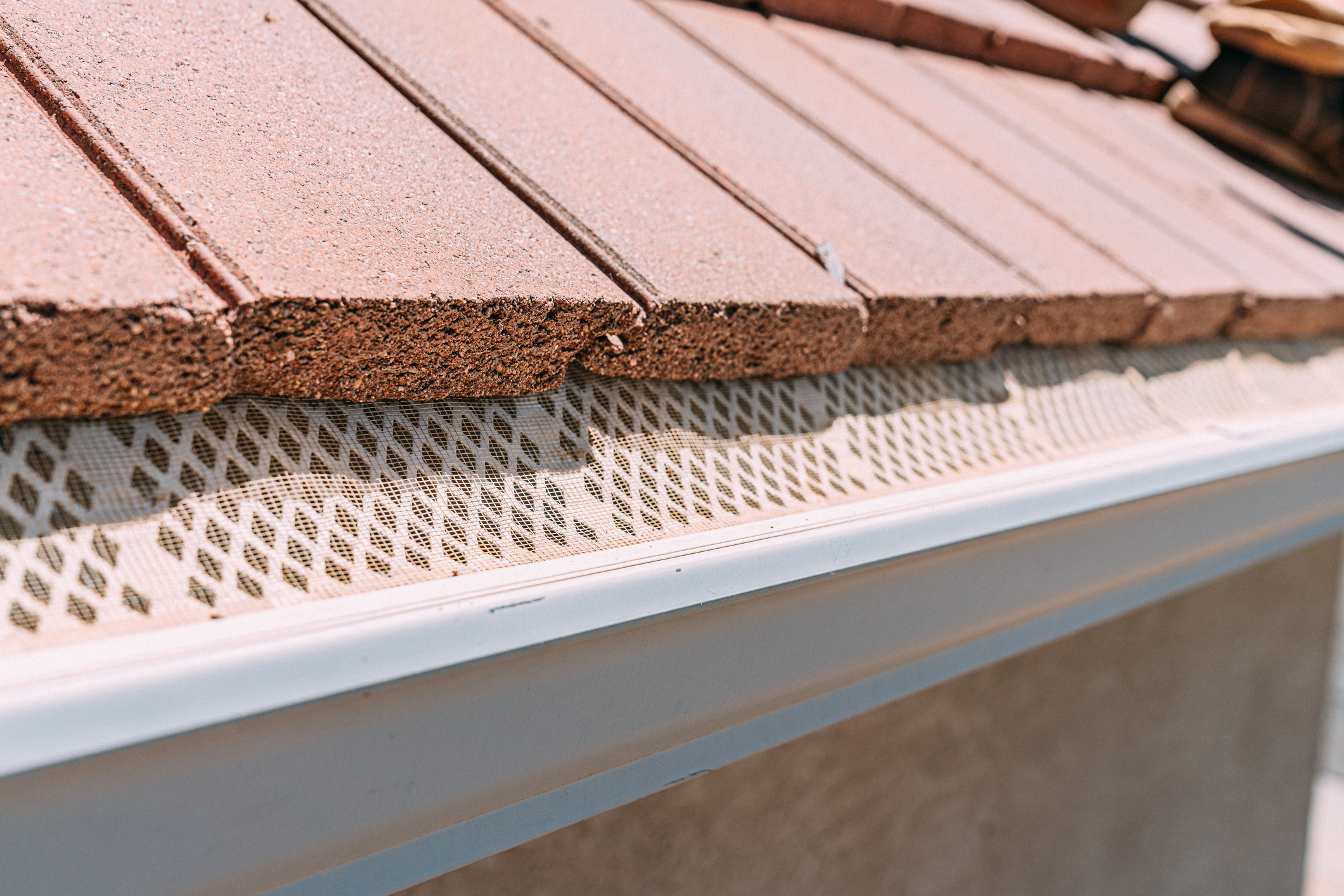
Clogged gutters can cause ice dams, roof damage and foundation issues. If water overflows the gutters and runs down the side of your home, it can also damage your siding.
Gutter guards can help prevent clogs and save you time on gutter cleaning and maintenance. These systems are usually easy to install, too. The Gutter Guard by Gutterglove can be screwed or taped onto your gutters, and it prevents debris such as leaves and sticks from getting stuck.
Be careful about accessing the gutters. Always take precautions when you use a ladder, like having a second person present. If you're not comfortable with accessing the gutters or don't have someone around who can spot you, you should hire a professional to do this work. Your safety is always key.
Most insurance companies don't offer discounts for gutter guards, but weatherproofing your home with gutter guards can help prevent damage to your roof, so you might be able to avoid filing a claim or paying roof repair costs.
4. Insulate your plumbing (indoors and outdoors)
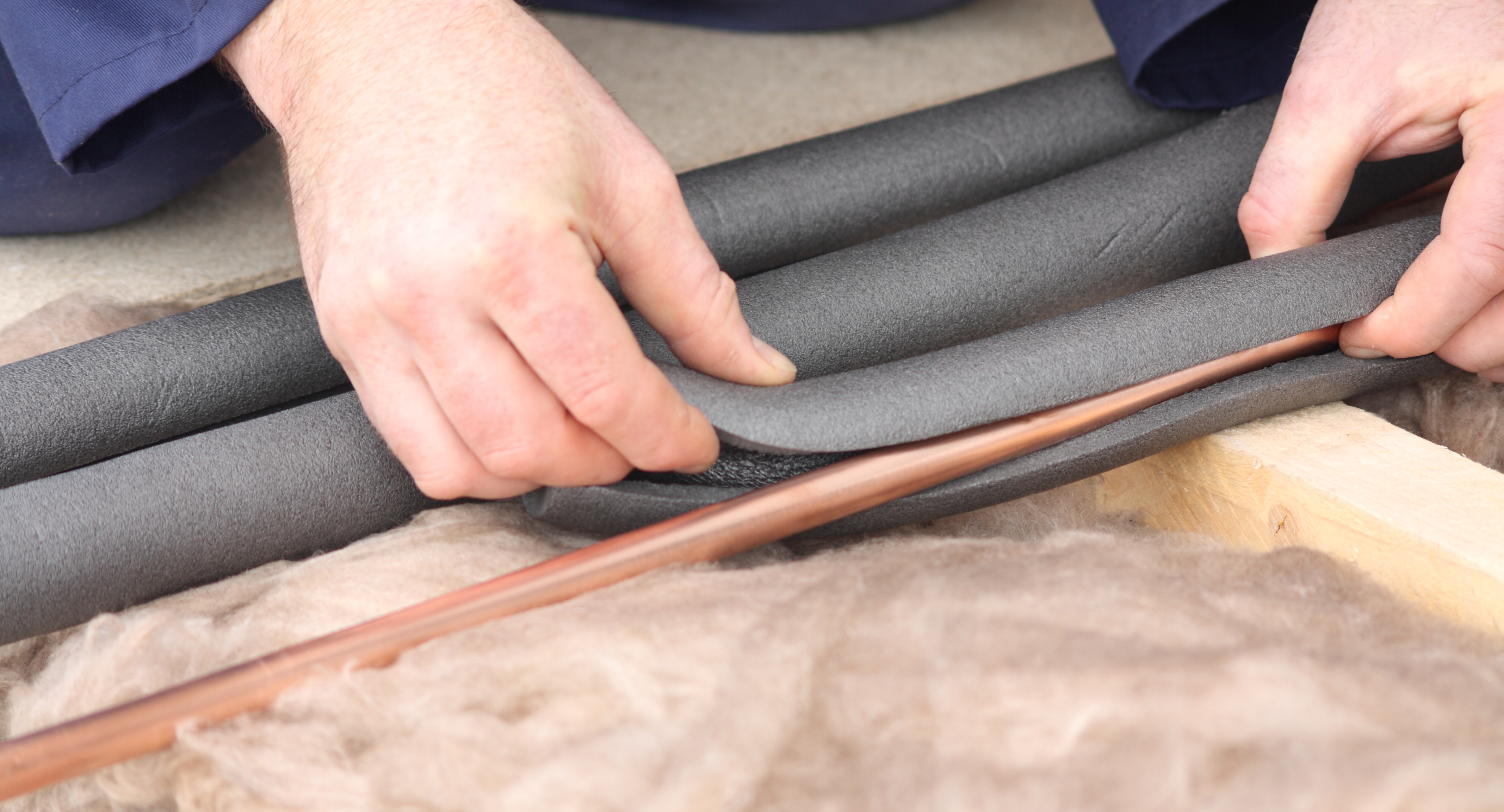
You can usually find pipe wrap or rolls of foam pipe insulation at a home improvement store such as Lowe's or Home Depot. Wherever pipes are exposed to unconditioned air — think plumbing in the attic, crawl space or garage — you want to wrap them in foam insulation.
This can prevent freezing in the winter, but it can also make your hot water system more efficient by minimizing heat loss as the heated water travels through your pipes.
This is also a good time to winterize your irrigation system. That includes using similar foam insulation to protect the spigots outside. But it also includes disconnecting your garden hoses and storing them in a shed or utility closet for the cold season.
If you have a sprinkler system, you might want to use an air compressor to blow out any lingering water in the system so that it doesn't freeze and damage the system when temperatures drop.
5. Clean or replace air filters
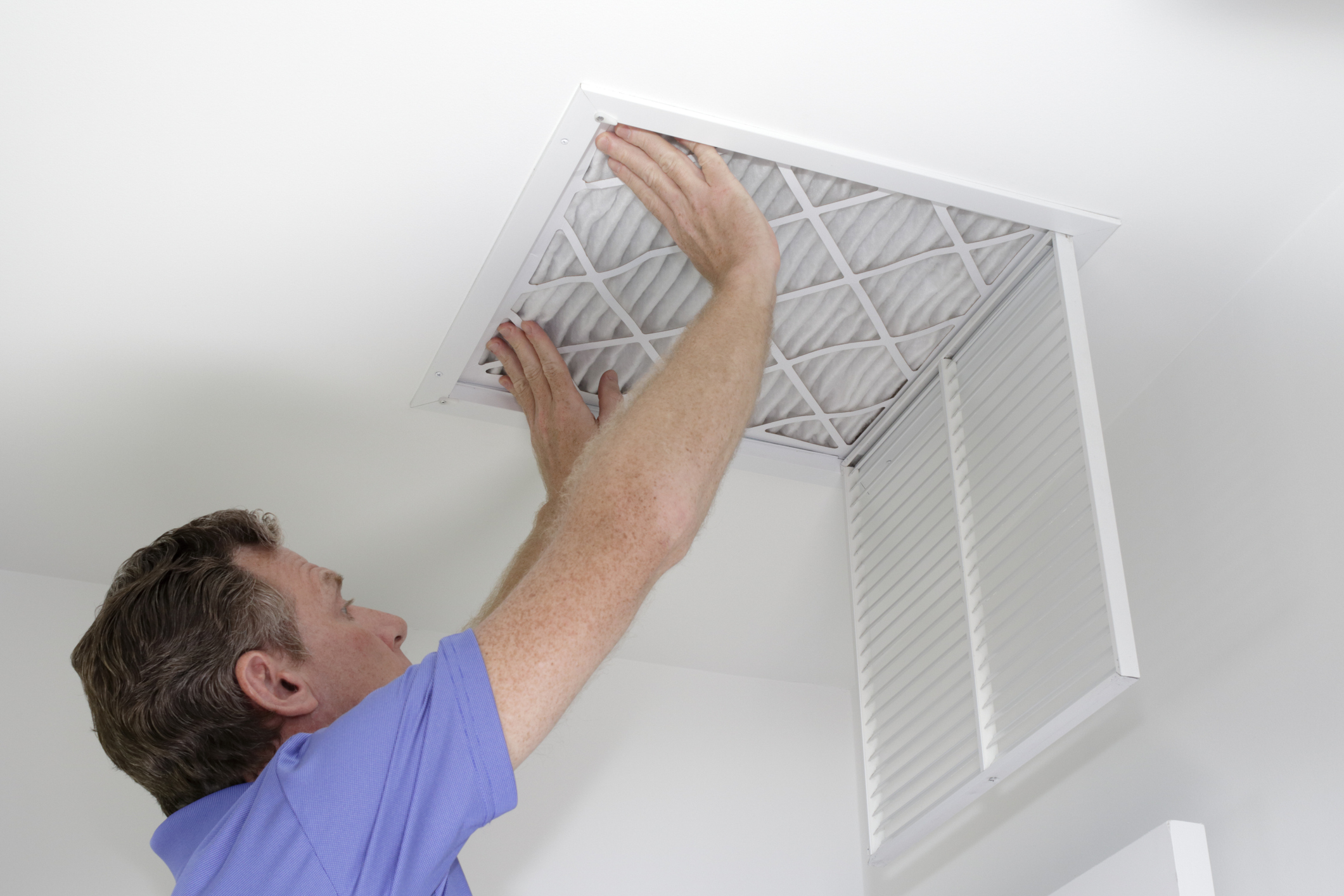
A dirty filter isn't just bad for your air quality: It also makes your HVAC system work harder to pull air in and heat (or cool) your home efficiently.
Most filters need replacing every three months or so. Even if your system has reusable filters, they should still be cleaned about as often. Basically, that means cleaning or replacing them whenever the seasons change.
6. Make sure your sump pump works
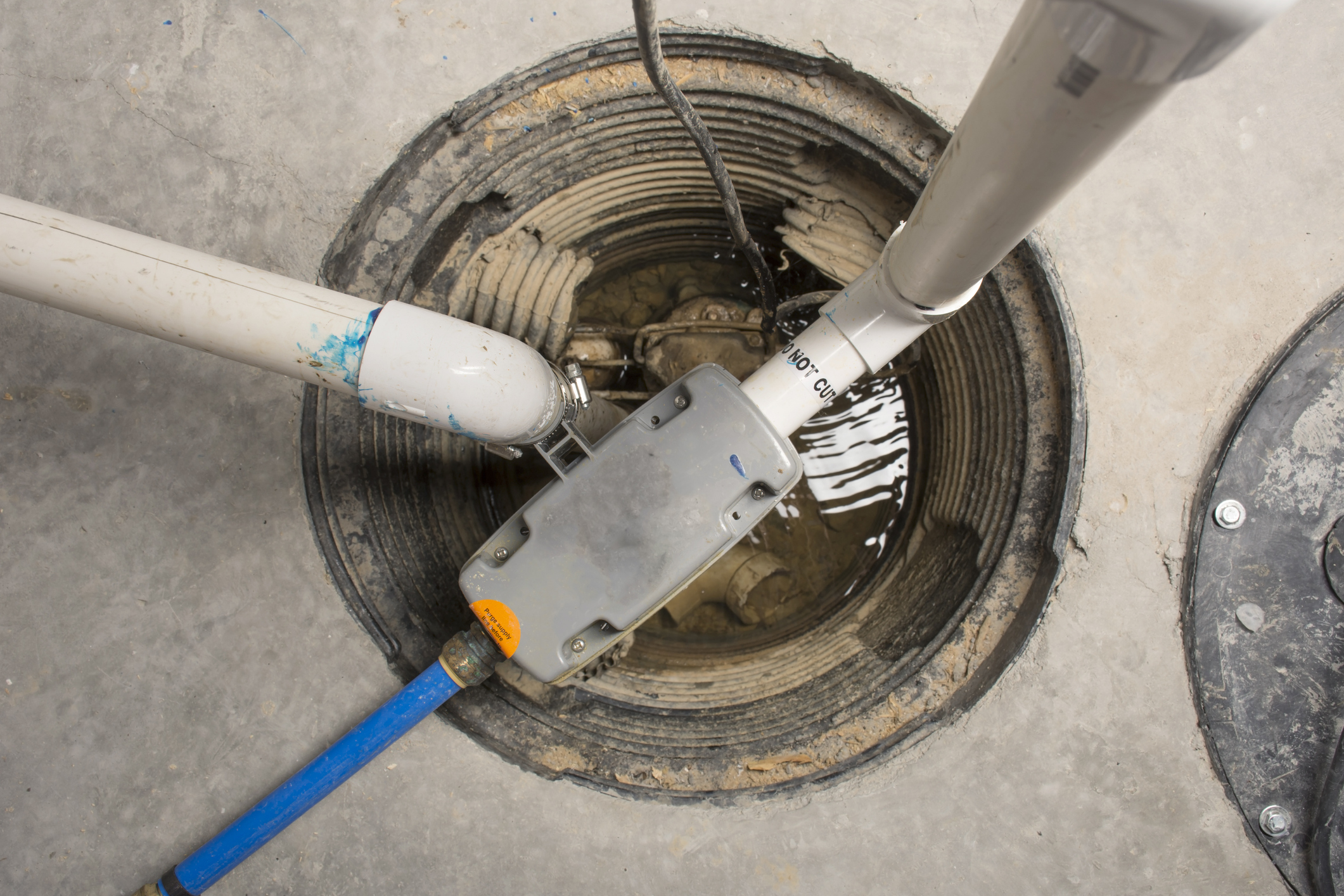
A sump pump can help prevent basement flooding, but only if it's clean and functioning properly. You don't want to find out it's not working in the middle of a storm.
To start, unplug the pump so there's no power going to it, then remove any dirt or debris on the pump itself or in the opening around it. Once clean, plug it back in and pour a bucket of water into the sump pump area to make sure it kicks on when it's supposed to.
If it doesn't, you might need to repair or replace the pump. For simple repairs (such as swapping the float switch), it'll be easy to do yourself. For a complete replacement or more complicated repairs, you might want to hire a plumber.
Even if your sump pump works fine, consider adding a battery backup if it doesn't have one. If the power goes out in a storm, you want your pump to have an alternate power source so it can keep doing its job.
For example, the Basement Watchdog Sump Pump System features a battery backup that features 24-hour monitoring and alarms that can alert you to problems with power conditions and other issues. The battery backup ensures the pump stays operational during power outages, so your basement stays dry.
Home insurance usually won't cover damage caused by sump pump failure or overflow. You can add on water backup coverage for extra protection, but buying a sump pump with backup power might help you avoid having to file a homeowners insurance claim and pay your deductible.
7. Secure loose fencing and other outdoor items
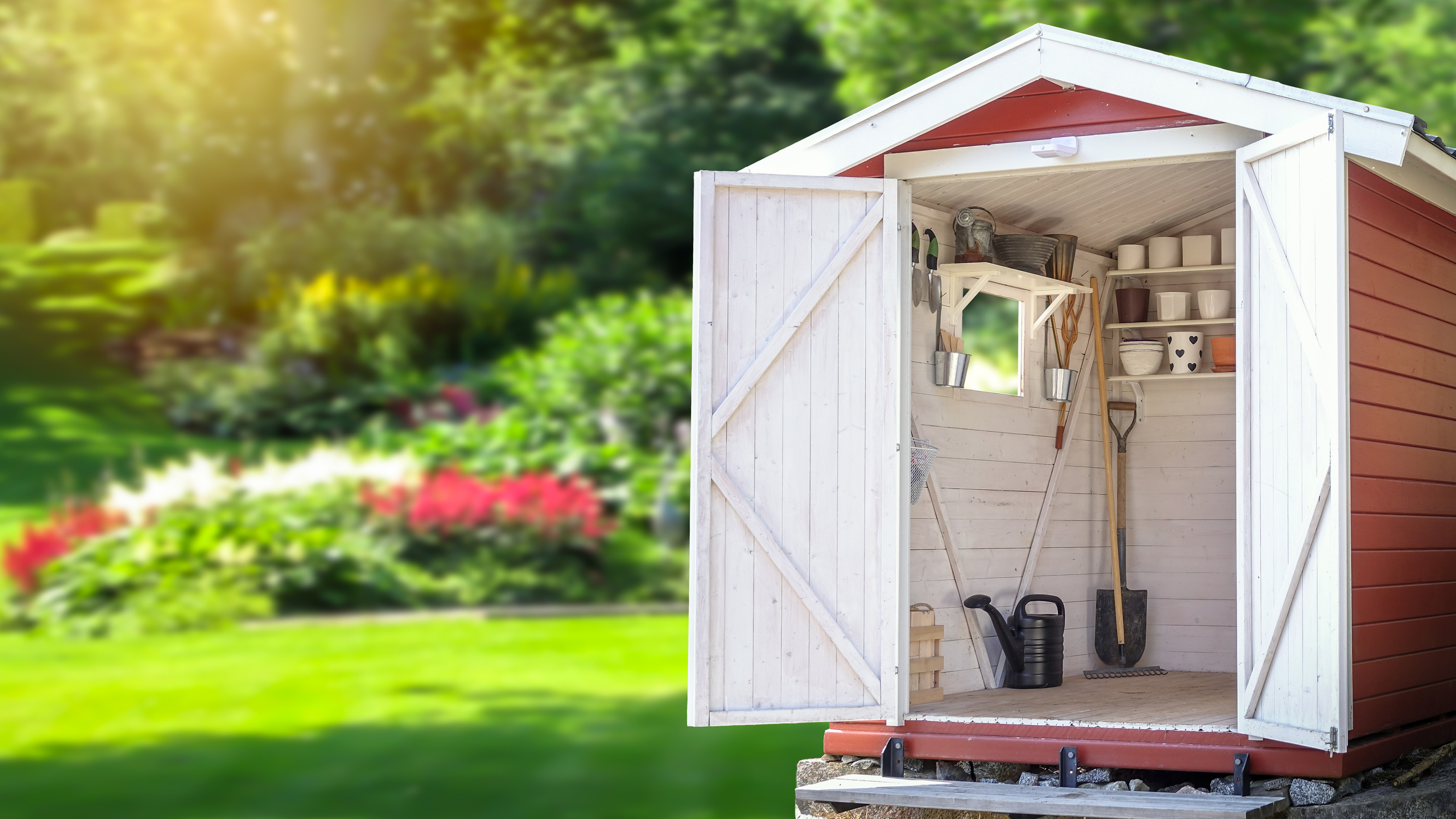
Flying debris can damage your home, windows, vehicles and other structures on your property, and damage caused by flying debris is a common source of home insurance claims.
This includes such things as loose fencing, trash cans, patio furniture, trampolines, playsets and other common backyard items. Not only can they be blown around in a storm, but they also wear faster if left out to be exposed to the elements.
For the sake of your home and the outdoor items themselves, store them in your garage or in a shed for the cold season. For things that can't be stored (such as your fence), take the time to secure any loose parts. That might mean replacing rotting fence boards or reinforcing pergolas to make sure they're securely attached to the ground.
For larger items that aren't already securely attached to the ground, such as raised garden beds or fire pits, consider using tie-down kits. These are basically straps and stakes that you can use to strap your outdoor decor to the ground, holding it in place during bad weather.
8. Upgrade roof anchors or shingles
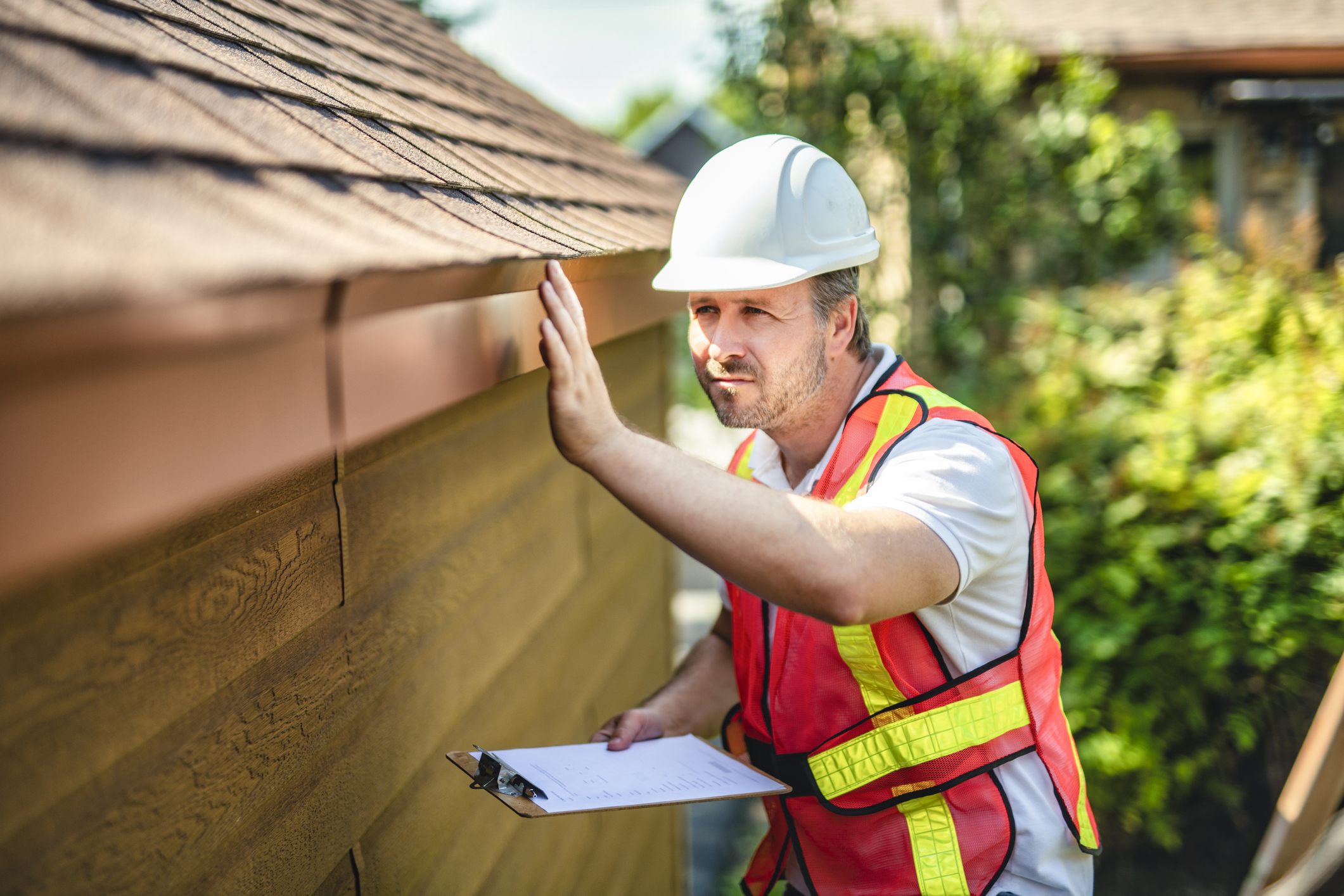
Minor upgrades to your roof might lower your home insurance premiums. Roof repair costs can range from $150 to $8,000, and roof replacements can cost even more, according to This Old House.
There are several affordable, DIY-friendly ways to upgrade your roof. Applying a sealant to your shingles can help protect them from moisture and UV rays, prolonging their lifespan and helping them to better protect your home.
Choose a roof sealant designed for the type of shingles on your roof, and carefully follow the instructions for application and maintenance. You'll need to periodically reapply the sealant to protect your roof.
Remember to follow safety protocols for any project that requires a ladder and roof access. If you're not comfortable with this work, you can hire a local handyman to do it.
As a more involved project, if you're in a location that often sees hurricanes and strong winds, installing hurricane clips can help reinforce and stabilize your roof. These clips attach your roof trusses or rafters to the walls of your home, helping secure the roof to prevent it from being lifted off of your house during extreme winds.
Hurricane clips are best installed by a professional, and a roofing expert can help identify the appropriate types of clips and placement for your home. Familiarity with local building codes is also important.
9. Keep up with winter tree pruning
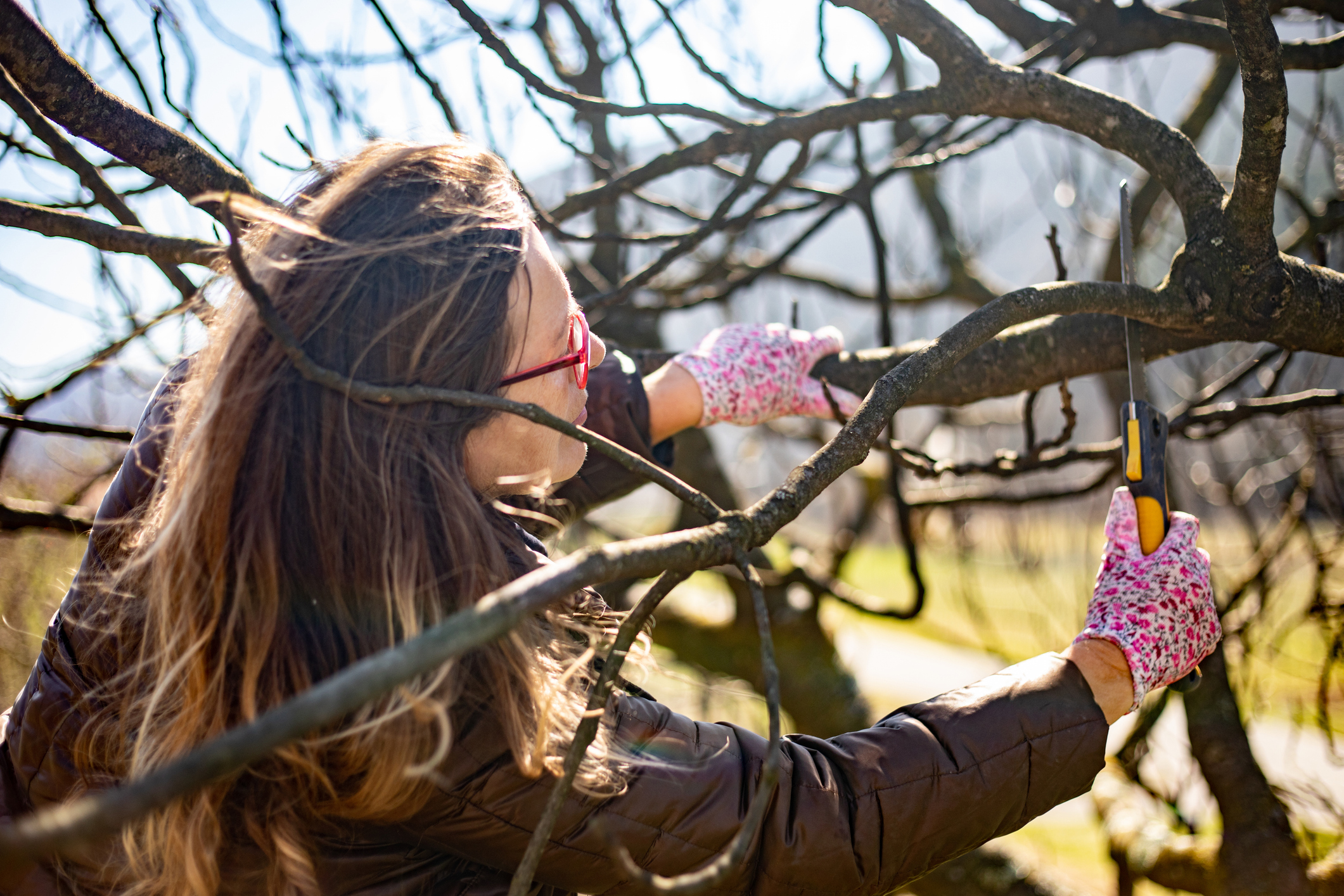
This is an often-overlooked task but an important one for protecting your property. If you have any trees near your house, your garage or your fence, get a licensed, knowledgeable arborist — not just a tree trimming service — to inspect the trees around your property.
Weak limbs or new growth that's too crowded have the potential to break off in a storm or even on a windy day. Getting these risky limbs removed annually, especially in winter when pruning is less stressful on trees, can improve the overall health of the tree and reduce the risk of falling limbs damaging your property.
If you're handy with a chainsaw and the trees aren't too large, you might be able to do this task yourself. Make sure you look up proper pruning techniques. Cutting a limb in the wrong place (or at the wrong time) can make your tree vulnerable to disease or trigger the growth of weakly attached new limbs.
Additional ways to save on home insurance
These weatherproofing projects might qualify for insurance discounts, helping you cut home insurance costs without losing coverage.
Insurance companies often offer discounts for other upgrades, too, like for installing a new roof or buying a monitored home security system.
To maximize your savings, contact your insurance company and ask about available discounts that can lower your home insurance premiums. Update the insurance company when you’ve completed your upgrades, too.
Related content
Profit and prosper with the best of Kiplinger's advice on investing, taxes, retirement, personal finance and much more. Delivered daily. Enter your email in the box and click Sign Me Up.

Paige Cerulli is a freelance journalist and content writer with more than 15 years of experience. She specializes in personal finance, health, and commerce content. Paige majored in English and music performance at Westfield State University and has received numerous awards for her creative nonfiction. Her work has appeared in The U.S. News & World Report, USA Today, GOBankingRates, Top Ten Reviews, TIME Stamped Shopping and more. In her spare time, Paige enjoys horseback riding, photography and playing the flute. Connect with her on LinkedIn.
- Rachael GreenPersonal finance eCommerce writer
-
 How to Protect Yourself and Others From a Troubled Adult Child
How to Protect Yourself and Others From a Troubled Adult ChildThis case of a violent adult son whose parents are in denial is an example of the extreme risks some parents face if they neglect essential safety precautions.
-
 To Build Client Relationships That Last, Embrace Simplicity
To Build Client Relationships That Last, Embrace SimplicityAs more automation becomes the norm, you can distinguish yourself as a financial professional by using technology wisely and prioritizing personal touches.
-
 Client Demand Is Forcing Advisers to Specialize: How to Deliver
Client Demand Is Forcing Advisers to Specialize: How to DeliverThe complexity of wealthy clients' needs — combined with AI and consumer demand — suggests the future of financial planning belongs to specialized experts.
-
 How to Protect Yourself and Others From a Troubled Adult Child: A Lesson from Real Life
How to Protect Yourself and Others From a Troubled Adult Child: A Lesson from Real LifeThis case of a violent adult son whose parents are in denial is an example of the extreme risks some parents face if they neglect essential safety precautions.
-
 Here's How Much You Can Earn with a $100,000 Jumbo CD
Here's How Much You Can Earn with a $100,000 Jumbo CDYou might be surprised at how fast a jumbo CD helps you reach your goals.
-
 A Financial Planner Takes a Deep Dive Into How Charitable Trusts Benefit You and Your Favorite Charities
A Financial Planner Takes a Deep Dive Into How Charitable Trusts Benefit You and Your Favorite CharitiesThese dual-purpose tools let affluent families combine philanthropic goals with advanced tax planning to generate income, reduce estate taxes and preserve wealth.
-
 How Financial Advisers Can Best Help Widowed and Divorced Women
How Financial Advisers Can Best Help Widowed and Divorced WomenApproaching conversations with empathy and compassion is key to helping them find clarity and confidence and take control of their financial futures.
-
 Your Guide to Buying Art Online
Your Guide to Buying Art OnlineFrom virtual galleries to social media platforms, the internet offers plenty of places to shop for paintings, sculptures and other artwork without breaking the bank.
-
 I'm 59 With $1.7 Million Saved and Just Lost My Job. Should I Retire at 59½, or Find New Work?
I'm 59 With $1.7 Million Saved and Just Lost My Job. Should I Retire at 59½, or Find New Work?We asked professional wealth planners for advice.
-
 Metro by T-Mobile Is Giving Away This Samsung Galaxy A16: Which Plans Are Eligible?
Metro by T-Mobile Is Giving Away This Samsung Galaxy A16: Which Plans Are Eligible?Metro by T-Mobile is offering free Samsung Galaxy A16 phones on eligible plans right now. Here’s how the deal works.
-
 I Drive and Collect Classic Cars: Here’s How I Got in the Game Without Spending a Fortune
I Drive and Collect Classic Cars: Here’s How I Got in the Game Without Spending a FortuneAre classic cars a hobby or an investment strategy — or both? Either way, the vintage car scene is much cooler and more affordable than you think.
